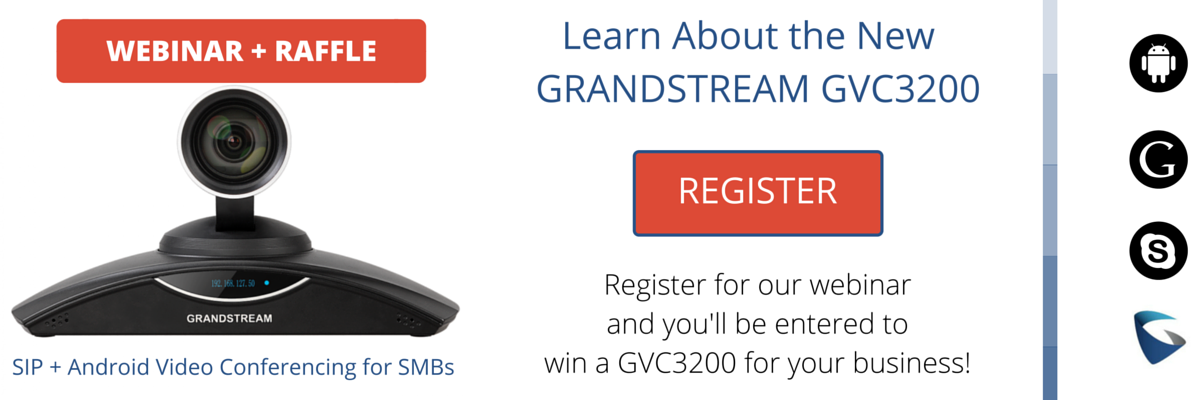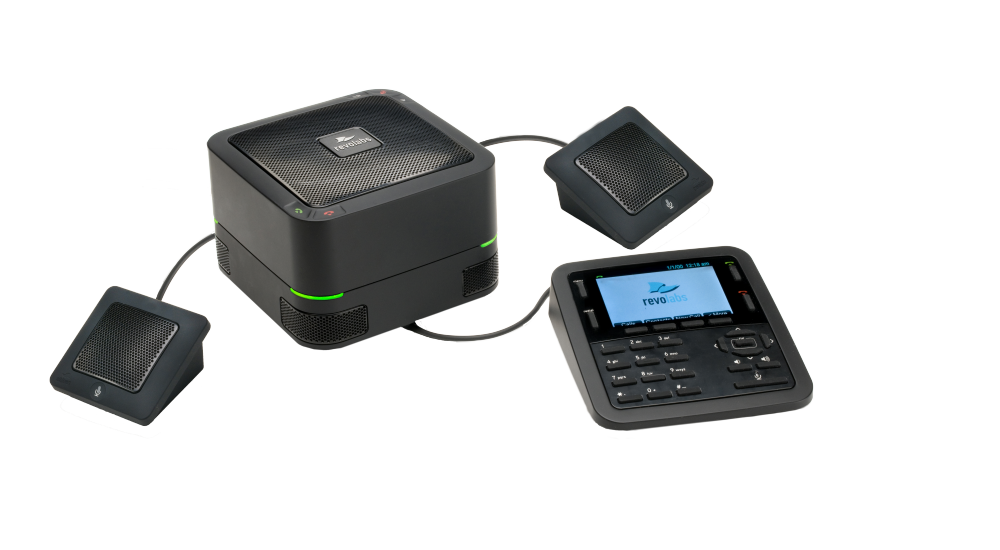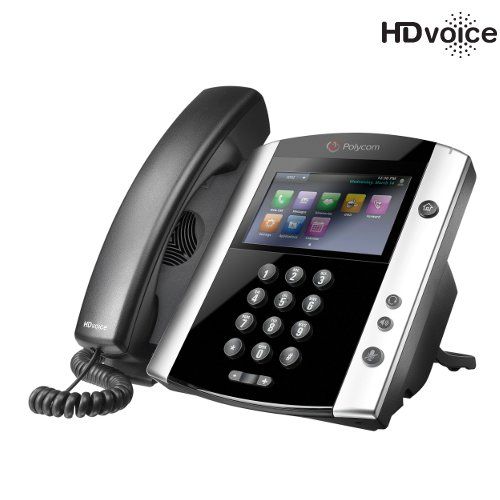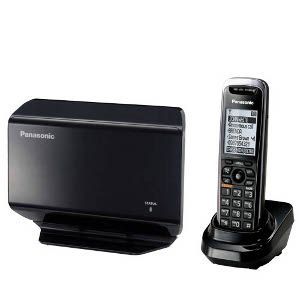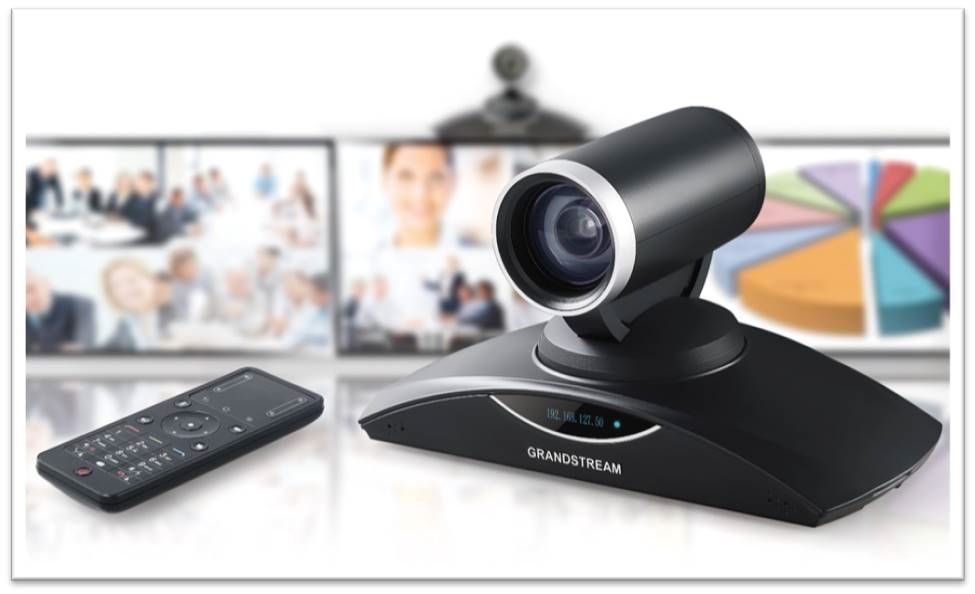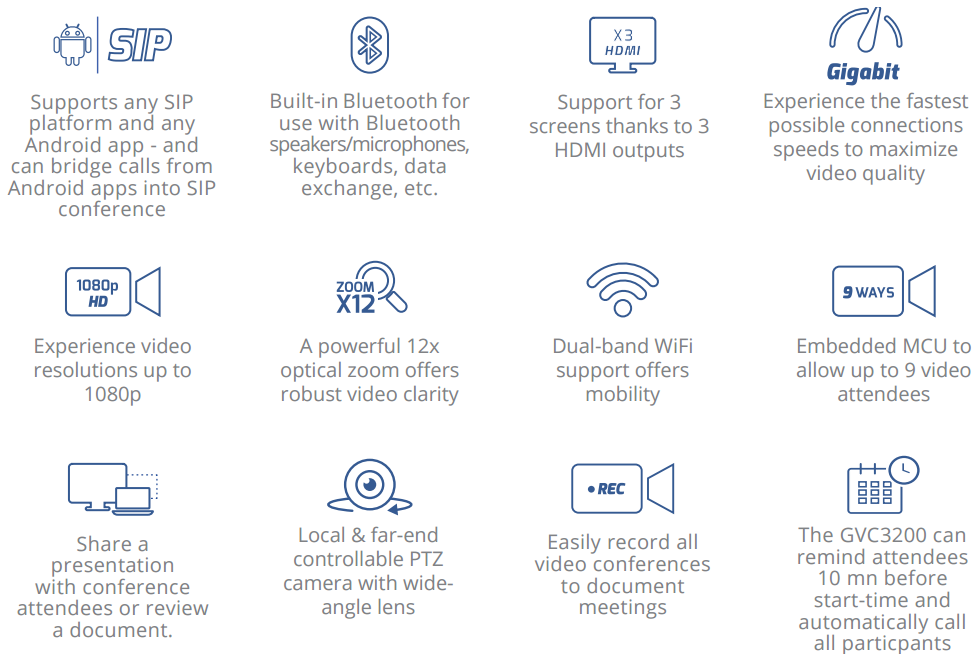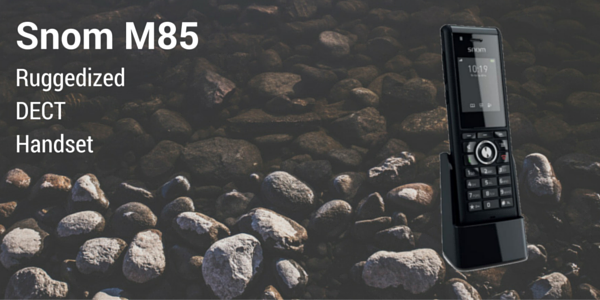The Differences Between Primary Rate Interface (PRI) and Session Initiation Protocol (SIP) Explained
The advantages of Primary Rate Interface (PRI) service and Session Initiation Protocol (SIP) can be debated.
Both protocols use digital signals but the latter provides an advantage that allows you to customize the phone system according to your business needs.
However, it helps to educate yourself on both options before making a decision on which one is best for you.
Primary Rate Interface
What Is PRI?
PRI (Primary Rate Interface) is a interface standard associated with transmission of voice data over a dedicated line.
PRI uses a circuit switched model for voice call among people located in different locations.
How Does It Work?
PRI provides 23 voice channels that a business can use simultaneously at any given time.
Multiple users can access these 23 channels within a specified network and the hardware requirement includes a PBX (Private Branch Exchange) or IP PBXs.
However, if a business has 50 operational DID (Direct Inward Dialing) numbers, then only 23 will be available any point of time. To make all the numbers available more PRI circuits are required (which will increase your overhead).
Support Framework for PRI
Integrated Services Digital Network (ISDN) assigns the PRI service.
ISDN enables the digital transmission of voice and data service over Public Switched Telephone Network (PSTN). The PSTN is where all the global telecommunication devices are connected.
You can call to any part of the world, regardless of the receiver’s device, through the PSTN. Initially, the PSTN provided analog transmission but eventually it was digitized after the advent of ISDN to provide a faster, better quality, and lower cost service.
Session Initiation Protocol
What is SIP?
Session Initiation Protocol or SIP Trunking is a system where transmission of voice data is performed over an existing network data line by creating a virtual network between the PBX and the SIP network of the carrier.
In other words, it goes over an IP Network. It uses a Packet switched model for voice calling.
How Does It Work?
The system uses an IP PBX system rather than the normal PBX (unless it’s compatible with SIP framework). The primary reason for this is the use of VoIP rather than PSTN. The public internet and LAN is connected with an IP PBX.
The voice call in a SIP framework uses the same path allotted for non-voice transmission.
Similarly, when receiving voice data, the equipment at the service provider’s end transmits it to the designated IP PBX. Re-routing of data packets to another pre-determined number takes place when the primary number is not responding.
Support Framework for SIP
SIP uses your existing data transmission set-up. Unlike PRI, SIP does not come in a pre-determined connection bundle.
Depending on your requirements, a business can buy call paths or increase bandwidth of the existing data line.
With SIP, businesses are not dependent upon on a bundle service such as PRI. If the number of calls is less than the actual capacity, the unused bandwidth is distributed across the network for other use. This ensures a more efficient network with no wasted resources.






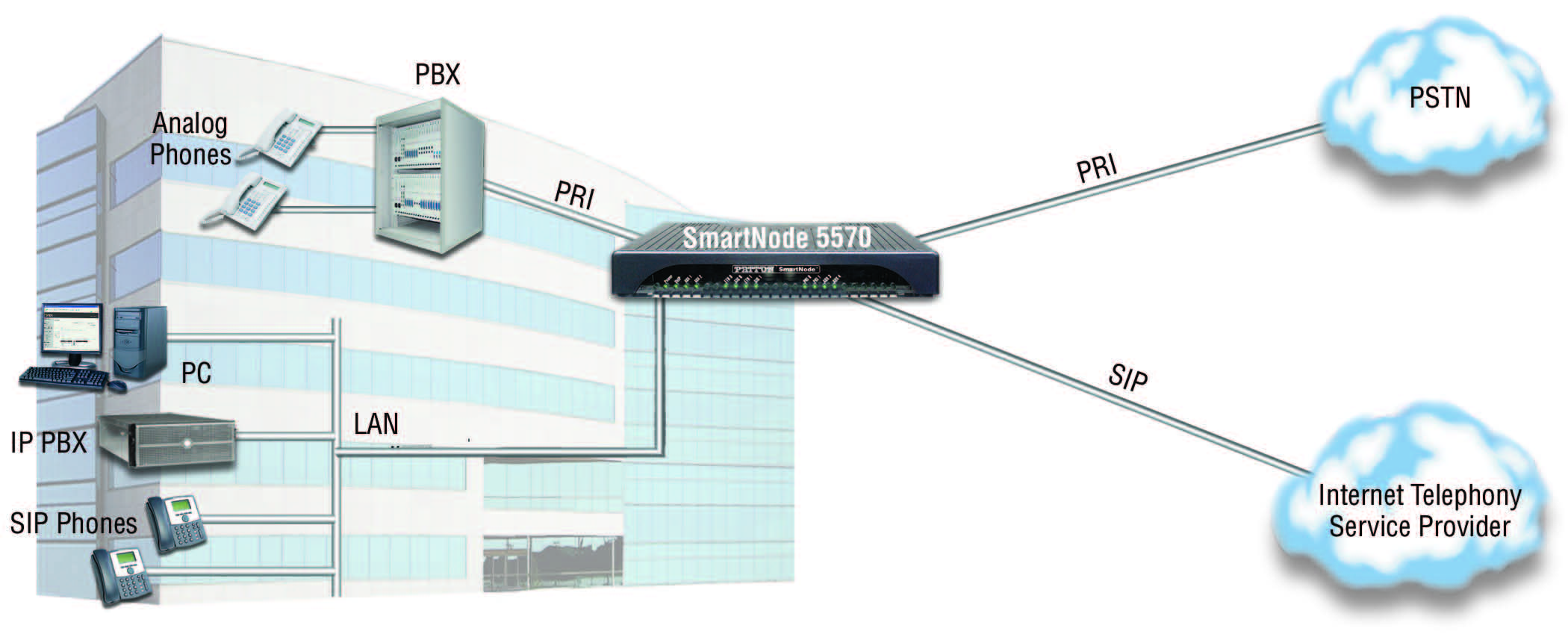

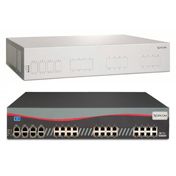 I have a customer with a Xorcom XR1000 IP PBX. Because they are a social service agency helping battered women they would like to block incoming and outgoing caller ID on a SIP trunk.
I have a customer with a Xorcom XR1000 IP PBX. Because they are a social service agency helping battered women they would like to block incoming and outgoing caller ID on a SIP trunk.


 The Polycom IP 650 handset mouthpiece on one of the units failed. The other end can barely hear the person talking into the handset.
The Polycom IP 650 handset mouthpiece on one of the units failed. The other end can barely hear the person talking into the handset. 